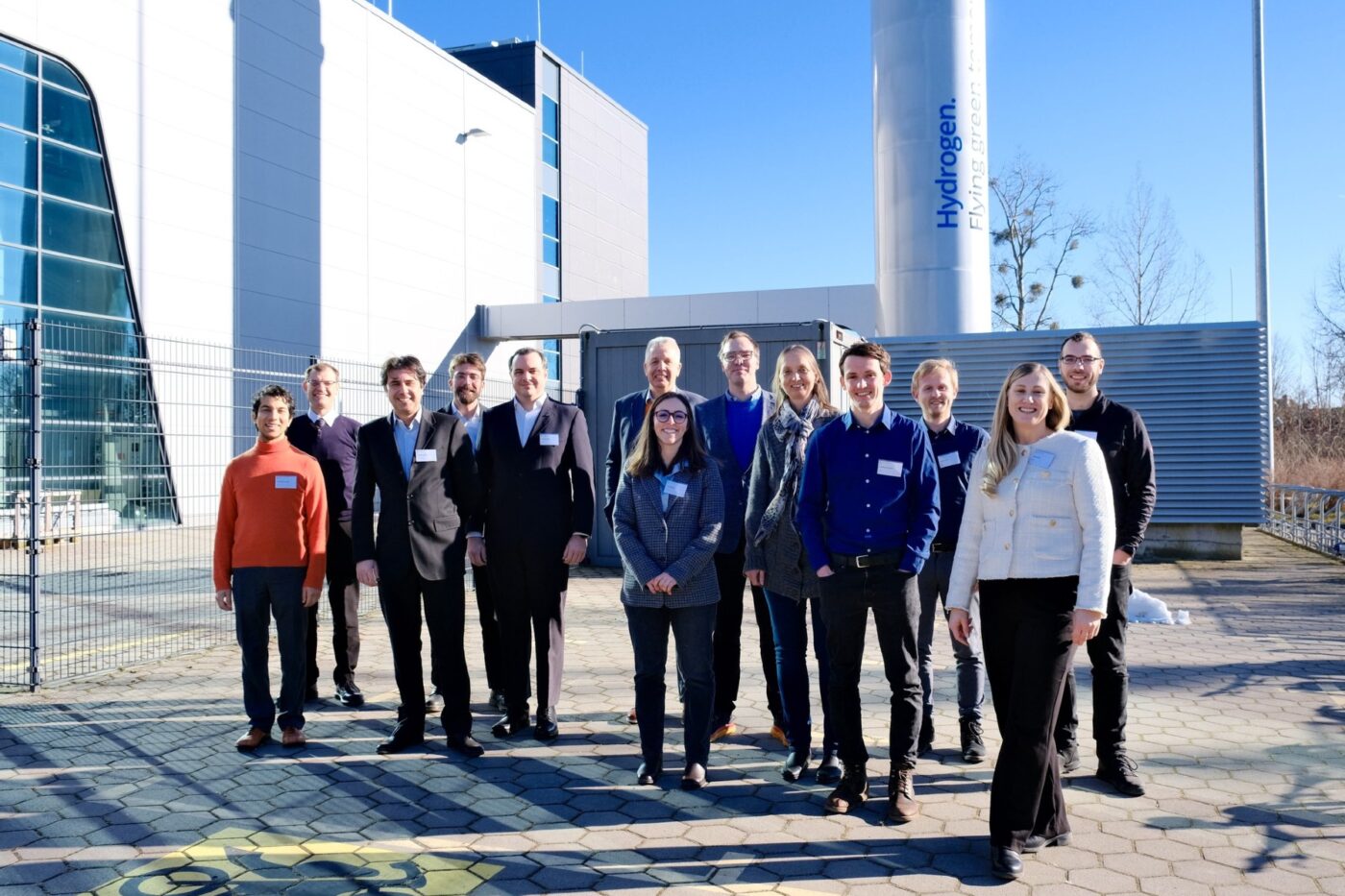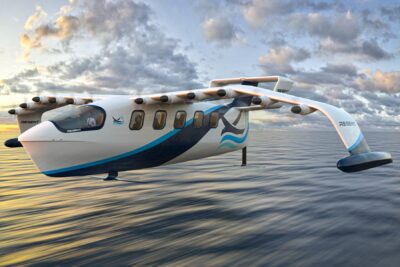EU partners improve secondary components in fuel cell systems in project ‘BeBoP’
In technical jargon, these supporting parts in the system are also known as the ‘balance of plant’, from which the project name BeBoP is derived (short for ‘Beyond state-of-the-art Efficiency by improving Balance of Plant components’). The participants are focussing on FC systems for heavy commercial vehicles and other mobility sectors such as aviation, shipping and rail. During its three-and-a-half-year term, the project participants, led by consortium leader SINTEF AS, aim to develop ‘more efficient, more compact and more reliable components that can also monitor the condition of the fuel cells’.
In addition to SINTEF AS from Norway, the consortium includes the German Aerospace Centre (Germany), Garrett Motion (France), Freudenberg Filtration Technologies (Germany), Freudenberg Technology Innovation (Germany), Silver Atena (Germany), FPT Industrial (Italy) and FPT Motorenforschung AG (Switzerland). BeBoP is supported by the European Union and the Clean Hydrogen Partnership and its members, including additional funding from the Swiss State Secretariat for Education, Research and Innovation. The project is scheduled to run for 42 months and the total budget is expected to be just under 4 million euros.
Through innovations in the air compressor, humidifier and DC/DC converter, the participants aim to establish better and longer performance of the entire system. The air compressor generally ensures that the fuel cell receives sufficient air or oxygen at the required operating pressure to generate electricity. The humidifier maintains optimum humidity to ensure high performance and prevent the fuel cell from drying out. The DC/DC converter adjusts the output voltage to the desired level.
The BeBop project now aims to develop a more efficient air compressor and a new lighter and more compact DC/DC converter, which will also include a power distribution unit (PDU) and be equipped with a cell monitoring function. The project team also wants to develop a new type of humidifier with technology that improves water management and thus the overall performance and service life of the system (‘by reinforcing the membrane of the humidifier and optimising the air flow distribution’).
The solutions to be developed primarily by the component specialists Garrett, Freudenberg and Silver Atena will then be tested in fuel cell systems from the manufacturer FPT or in a short stack from DLR. DLR and SINTEF will also contribute their modelling expertise to the project in order to help with both the development of the fuel cell system and the determination of optimal operation.
In any case, models will complement the development and testing of the BoP components in order to achieve the overall objectives: “The project will develop models to characterize and optimize operation of next-generation BoP components designed to minimize power consumption and reduce heavy-duty fuel cell systems’ hydrogen consumption,” explains DLR. Furthermore, “By enabling the scale-up of the components by European manufacturers, the project brings the fuel cell market closer to large-scale deployment based on tested, reliable technology. The project will also assess the potential for standardizing their design to facilitate industrialization.”





0 Comments